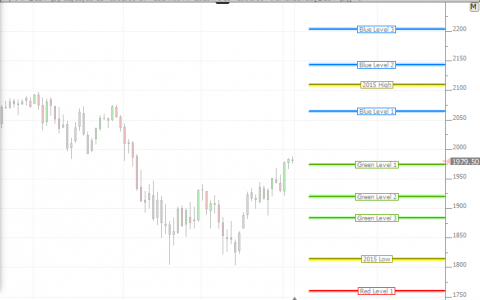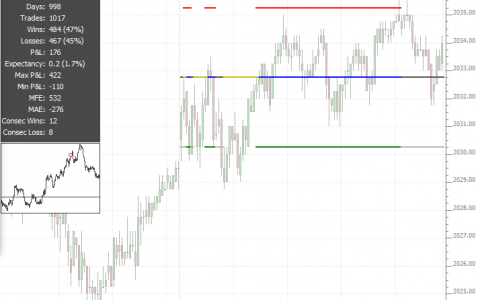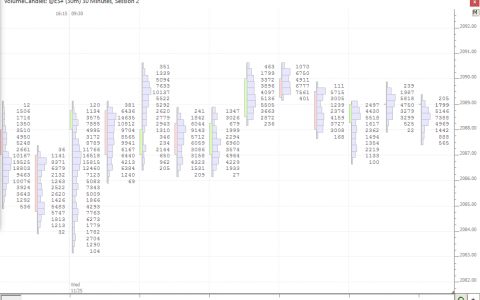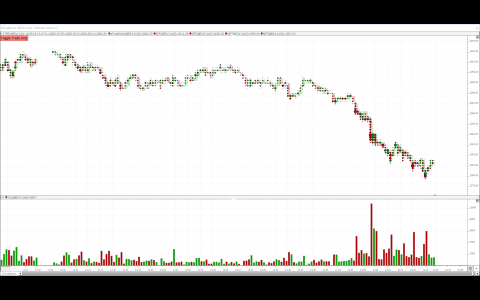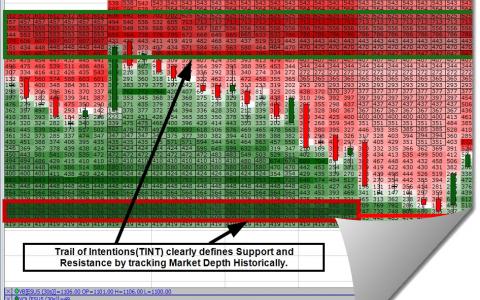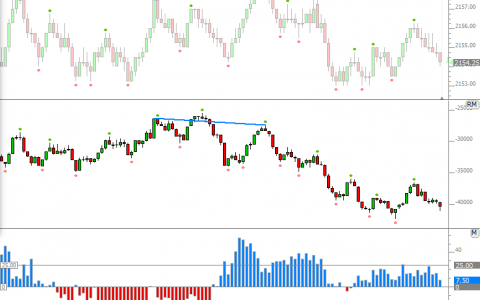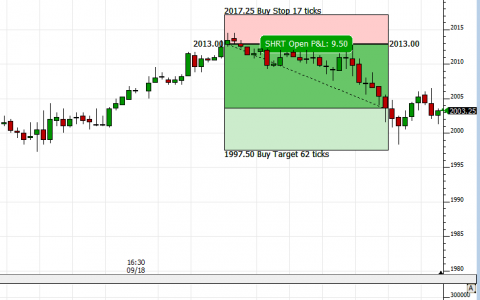
In 2014, Linnsoft introduced a powerful suite of software development tools named RTX®, which relies on the C++ programming language and on a public SDK library accessible to every Investor/RT subscriber. The name RTX was chosen carefully. RTL is the Investor/RT end-user formula language, the RT Language, used to compose custom indicators and trading signals. RTX is the RT eXtensions toolkit used to develop indicators, signals, and drawing tools using C/C++.
RTX extensions operate on the historical array of bars in the Investor/RT chart and produce output arrays of data that can be displayed in the chart in various ways (lines, histograms, bands, etc.). Custom drawing tools for lines, shapes and textual annotations are available in RTX. Access to market depth information, or footprint buy/sell volume data per bar or price is available through the RTX developer API. RTX extensions also have access to the trading order execution system in Investor/RT thus facilitating the development of automatic trading systems that detect proprietary signals, submit trading orders, monitor the actual position, the status of working orders and close out positions when exit signals fire.
With regards to the added value brought by the RTX development tools, here are the 3 important points to highlight :
Creating innovative indicators, going far beyond the programming of simple technical indicators
Linn Software's main objectives have always been to provide innovative tools based on the feedback of veteran traders, who needed new tools for analysing the market and refining their trading edges. Since 2014, more than 60 indicators (see the list in the sidebar) have been developed under this RTX environment, with most of these indicators (such as Boundaries, Flexlevels, Flexmeters, PriceVolumePattern, ExtremePriceHighlighter, SessionPrices, Homework, Zone, etc) being unique to Investor/RT: you won't find them on any other trading platforms. The upcoming 16 Investor/RT release is introducing the most recent RTX indicator additions with the VWAPAnchoredRibbons RTX and SignalAnalyzer RTX and the new Footprint® RTX, which will offer new Orderflow analysis features.
RTX tokens: bringing the power of RTX indicators inside Investor/RTs custom indicators and signals markers
RTX indicators integrate seamlessly into the world of Investor/RT core indicators and features. On one side, RTX extensions can use as input parameters any custom indicators or trading signals written with the RTL language. On the other side, thanks to the use of RTX tokens, any output results of an RTX indicator can be used in the syntax of a Custom indicator or a Signal marker. This way, the power of the existing RTX indicator can be embedded into standard Custom Indicators or signals written with the RTL language.
RTX extension: empowering Investor/RT users and 3rd party developers to create their own indicator
Investor/RT includes an integrated Setup wizard for developing RTX extension, with a built-in code editor and a C++ build system creating executable RTX components (DLL). The custom RTX indicators will exhibit the same high-performance execution speed as built-in indicators. Since most of the source code is auto-generated by the RTX setup wizard, the programming required for many indicators is principally the calculation logic for each bar.. Through this interface, any I/RT subscriber can therefore easily edit their RTX extension source code, build dll extensions and instantly test them by displaying them on a multipane chart. Three sample RTX extensions are pre-installed for Investor/RT users and include C++ source code to illustrate how RTX extensions can extend and make use of existing built-in indicators in the platform:
- Stochastic (RTX)
- Balance of Power (RTX)
- SessionHiLoMid (RTX)
Here are some additional resources :
- An Introduction to RTX: If you are not yet familiar with RTX, this short video covers the key concepts to quickly develop a charting indicator using the RTX toolkit.
- 8-part video series on RTX development: A complete guide for developing RTX extensions.
- A presentation of the built-in "RTX setup wizard" tool features for creating your own RTX extension
- The "Getting started" guide for buiding RTX extensions with the setup and Visual Studio 2022


